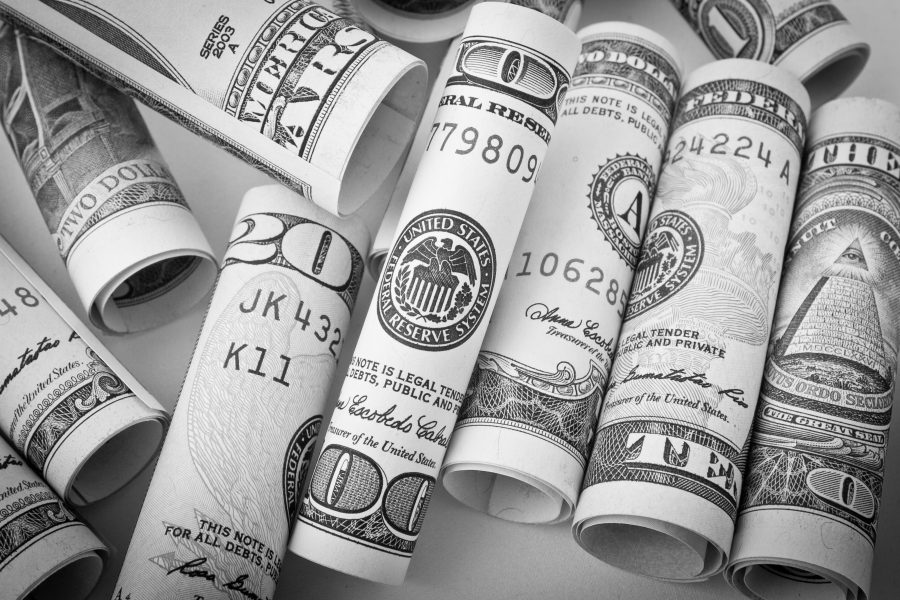Nonfarm payrolls rose to 224,000 in June, the highest since January, thus popping the bond market consensus that the Federal Reserve would turn ultra-dovish at the July FOMC. Average hourly earnings are up 3.1% on an annual basis, another nail in the coffin for the “three Fed Funds rate cuts in 2019” argument implied by the Chicago futures exchanges. The payroll//wage growth data demonstrated that the US economic supertanker slowed but hit no iceberg in the second quarter of 2019.
There is now zero probability for a 50 basis point rate cut at the July FOMC and even 25 basis points is iffy at a time when the three month average job growth is still 174,000. Guess what? The Powell Fed has delivered on its monetary policy/dual mandate holy grail, full employment (3.7% in June) and price stability (core CPI 2%) in the tenth year of the Obama/Trump economic recovery cycle. Chairman Powell could do a high five with members of the Senate Banking Committee at his Humphrey Hawkins testimony next week. If so, expect another bond market panic attack, akin to the one after the June job data, when the yield on the ten year US Treasury note surged from 1.9% to 2.05%.
Wall Street is dead set on a rate cut at the July FOMC – what if Powell denies them this monetary lollipop? If so, all bets are off – and I would expect the S&P 500 index to drop 200 points if no Fed rate cut coincides with mediocre corporate earnings/margins and guidance. After all, corporate America generates 45% of the S&P 500 index’s profits from abroad – and global economies accelerated a synchronized slump in 2019.
There is no real need for the Powell Fed to give the financial markets the monetary lollipop they crave. After all, the yield on the 10 year US Treasury note has plummeted 120 basis points since last September – a pure gift to mortgage homeowners, corporate borrowers, auto dealers and oil and gas drillers. The bond market’s recession SOS was a Chicken Little cri de coeur. The US economic expansion is alive and kicking with 3% above trend growth, a white hot labour market, a frothy stock market at record highs, tanks, fighter jets, fireworks and Nathan’s hot dogs at the Fourth of July parade and firm houses prices.
Chairman Powell’s “patience” did the trick at the January FOMC and the bond market gave the economy its high octane interest rate fuel with a historic plunge in Treasury yields. Unfortunately, all is not hunky-dory on the other side of the Atlantic as nasty storm clouds darken over the Old World – and the sceptered isle by the silver sea. Despite the prospect of Christine Lagarde as Dr. Draghi’s successor (a victory for Macron and the Elysee Palace over the hard money zealots of the Bundesbank) guarantees a new cycle of monetary stimulus in the Eurozone.
The unexpected hit to German factory orders in June led to an immediate panic selling in the Euro and another fall in German Bund/French OAT and even Italian government bond yields. Dottore Draghi’s stimulus promise at the Frankfurt press conference, Lagarde’s nomination and the ugly factory order data was a perfect storm for the Euros which plunged from near 1.1410 to 1.1224 now.
The message from the oracles of Frankfurt (mais pas fort!) is clear. The ECB’s easing bias will lead to an even lower deposit rate, down to a surreal minus 55 – 60 basis point by end 2019. Madame Lagarde? Ain’t no sunshine where she’s gone! This is the real tragedy of European finance – a decade after the global financial crisis, its political masters and mistresses, like the ancien regime of the restored Bourbon kings of post Napoleonic France, learnt nothing and forgot nothing. An ECB deposit rate cut and lower for longer negative interest rates is now a compelling argument to short the Euro for a target of 1.08.
Safe haven demand for the US dollar will also be stimulated by new fissures in US-Chinese trade talks and a grim mood of economic nationalism in both Washington and Beijing. US relations with the EU will also be tense due to the auto tariffs, accusations about “free riding” under the Pentagon defense umbrella for NATO, Airbus subsidies and relations with Iran.
The US dollar has broadly appreciated against all G-10 currencies as financial markets recalibrate the meaning of the Fed’s “patience” after the June nonfarm payrolls. Sterling has fallen 5% against the Euro since early May due to the rising risk of a no deal Brexit under presumptive Tory Prime Minister Boris Johnson. Sine I cannot imagine the new EU leaders will renegotiate a Withdrawal Agreement or concede on the Irish border backstop, I expect Euro-sterling to continue its rampage as the October 31 D-Day timetable clock ticks ominously. The gnomes of Planet FX will be more sympathetic to Jeremy Hunt moving into 10 Downing Street but that will only be known on July 23. The only silver lining is that a no deal Brexit is anathema to Westminster and Whitehall. If Boris makes a policy U-turn and flies on bended knee to Brussels to plead for a trade deal the week after he becomes PM, get set for the mother of all sterling rallies.







